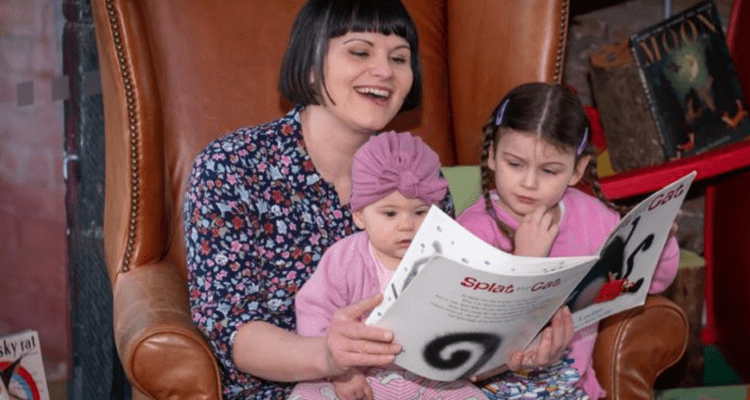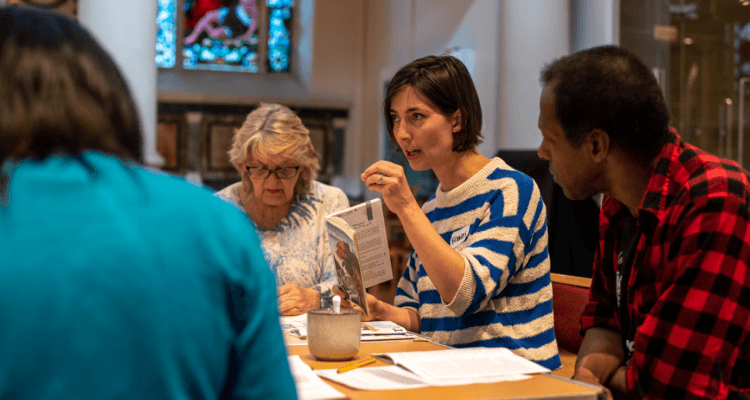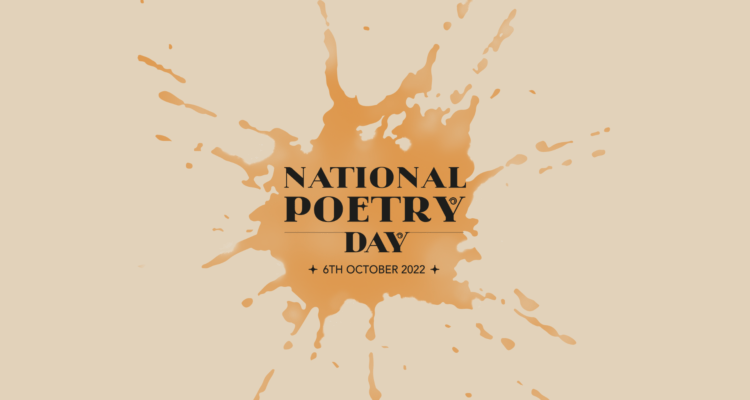Cranford, Episode 3 Review
In her third contribution Clare Williams continues her series of reviews of the BBC's adaptation of Cranford. For those people wondering what the poem was that was read by Miss Matty in this episode, it was Tennyson's 'Locksley Hall', which you can read here (via the Cranford fan site). You can catch up on this episode on Sunday 9 December at 17.15 on BBC1.
In Cranford the novel Elizabeth Gaskell beautifully evoked those delicate silent spaces of restrained emotion and thought that express the moral working fibre of village life in mid-nineteenth-century. The BBC’s Cranford translates those finely tuned intricacies of Gaskell’s prose into detailed close-ups and shots held just long enough in the moment to slow the pace and make the charged silences of the thought and feeling manifest.
The third episode is certainly rich in such stills. When Lady Ludlow (Francesca Annis) visits the itinerant Gregson family the terror and repulsion which appears to overwhelm her on confronting a wretched scene of destitution, her own inability to do anything about it, and her own grotesqueness of appearance in being painfully out of proportion with the humbling scene, is all embodied and expressed dramatically in a sustained jerky close up of a reeling Lady Ludlow set askew. In another shot, during a visit to her old suitor’s house, Miss Matty is seen quietly staring into a black and white silhouette of a much younger Mr Holbrook, (the date of the print being marked 30 years earlier, in 1812,) and her inability of being able to access and go back to that past is forced upon the consciousness when she is simply confronted with her own eyes being reflected back at her, from the surface of the encasing glass and the background of black from Thomas Holbrook’s now indistinguishable silhouette.
What has also impressed me about BBC’s Cranford is its exploration of the relation between words and the image as an increasingly emerging concept in itself during this transitional period. In 1842, the age’s rapid technological advances were already beginning to forge the way for new social relations in Victorian England. The widespread introduction of the steam printing press, as well as the reduction of the newspaper tax, had begun to make the written word widely accessible to the public of the 1840s on an unprecedented scale – the printed word was no longer to be simply a medium for drawing rooms and salons of the privileged classes. It was now also something that was being visually presented for the common passer-by (whether literate or illiterate) to view in the streets through a mass of adverts, pamphlets, and cheap periodicals.
Cranford, like Britain itself, is clearly on the borders of experiencing cultural and social change made possible by the newly developing relations between the written word and the printed image. One of the opening scenes of this third episode, for example, shows an inspired Harry Gregson exultantly painting the word LIBERTY, in bold white capitals, across one of the interior walls of Lady Ludlow’s stables. Mr Carter is not simply teaching a young illiterate boy to read and write here. At a time when revolution was in the air on the continent of Europe, the British ruling classes nervously eyed the lower orders and wondered how to keep them in their place. Mr. Carter's subversive game challenges the class structure on which British society was built. In another scene, and on a more humorous note, the ladies of Cranford are observing, in a mixture of wonder and astonishment, a shop window display of valentine cards. The fact that these cards have been mass produced by machines is certainly something which shocks but also mystifies the women. Mrs Johnson (Debra Gillett) amusingly observes 'I can’t imagine what sort of sentiment an apparatus may convey'. While Mrs Jamieson (Barbara Flynn) holds a magnifying glass up to the cards, and expresses her concern that maidservants will no longer be able to hide their love affairs away from their mistresses as they did in the days when they received only flowers.
In a more sombre contrast to these newly developing cultural and social relations, we see, through Miss Matty’s world, the persistence of a more traditional way of life, where it is the Family Bible that is used to chronicle and preserve the past. Between its pages, Mr Holbrook’s primroses are lovingly pressed, names and birth dates of family members are carefully recorded, and precious family letters are protected. It is through Miss Smith’s noticing of the registration of a long lost brother called Peter in the Family Bible that Miss Matty explains how her brother had been forced to flee Cranford in disgrace following a practical joke in which he dressed up in women’s clothes and swaddled a pillow as an imaginary baby. For all the new developments between the written word and the printed image, and the consequent changes brought into social relations, this world of Miss Matty’s tenderly asserts its place as a vulnerable relic of a past age, and reminds one that while there was a new world being brought to light in this period, there also remained those who, in their own way, wanted to remain invisible, at times. A point one is left to reflect upon as Miss Matty, in her revelations about Peter, asks 'Might we blow out the candles dear, I think I might talk better in the dark'.
The Cranford fan site is here.
The Elizabeth Gaskell pages on Victorianweb are here.
Cranford continues on Sunday 9 December on BBC1 at 9pm
By Clare Williams
Share
Related Articles

Reader Revisited: Reading with Looked-After Children by Grace Frame
We're taking a trip down memory lane and revisiting articles from The Reader Magazine. This article first appeared in issue…

Meet The Reader: Staff Spotlight with Frances
Saturday 30 September is International Podcast Day so this month we got chatting to Frances MacMillan, the Head of Literary…

National Poetry Day 2022
To celebrate National Poetry Day 2022, The Reader has created a new poetry anthology exploring this year's theme, The Environment.…


